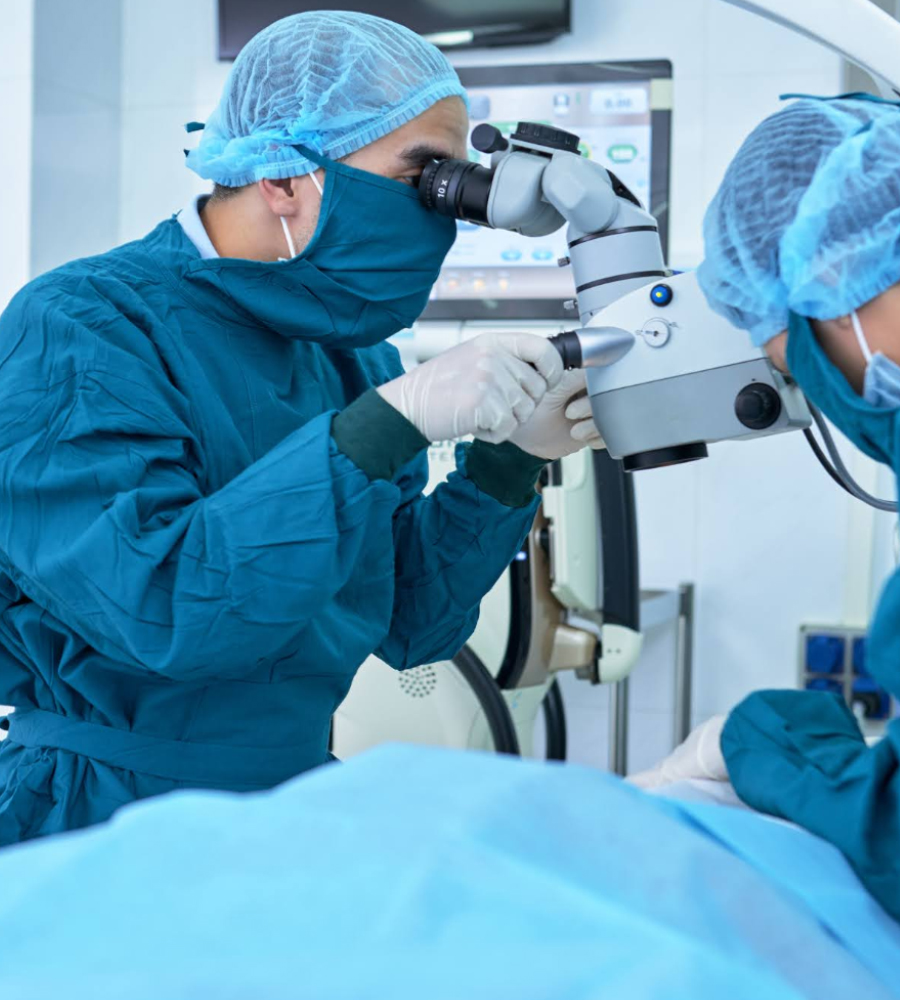

The gallbladder is part of the digestive system that stores the bile that is used to break food down and secretes it. Most doctors say it turns into harsh fragments if the gallbladder does not correctly control bile production. The stones can differ considerably between rice grains and a golf ball. The gallbladder is part of the digestive system that stores the bile that is used to break food down and secretes it. Most doctors say it turns into harsh fragments if the gallbladder does not correctly control bile production. The stones can differ considerably between a rice grain and a golf ball.
The most frequent symptom is crampy abdominal Gallstone pain. Such signs include lack of appetite, stubbornness, unusual vomiting, bloating of the belly, or the inability over a lengthy duration of bowel movement. The treatment of gallstones and the complications they cause the use of cholecystectomy. If you have a cholecystectomy, your doctor can recommend:

It’s advisable to quickly surge if you have continued stomach pain. The best way to remove gallstones is by surgery. Gallstones are not gone on their own and, if overlooked, will prove fatal. Where the gallstone blocks the typical bile duct, diseases such as jaundice or cholangitis that can cause serious high-quality fever may occur.
In the case of Gallbladder Stones, cholecystectomy is advised. Cholecystectomy will be done with general anesthesia, but during the surgery, you will not be awake. A laparoscopic or open technique is used to conduct the surgeon’s cholecystectomy.

Minimally intrusive cholecystectomy (laparoscopic)
The operative reduction of the gallbladder is cholecystectomy. Cholecystectomy is a common treatment of gallstones and other gallstones. Instead of a big, multiple minor cuts are used for the Laparoscopic Cholecystectomy procedure. Through an incision has inserted a laparoscope, a thin tube with a camera. You will then see the gallbladder at a computer for your doctor.
Open cholecystectomy
Your doctor will cut 6 inches (15 centimeters) into your abdomen below your right-hand side for open cholecystectomy to expose your liver and gallbladder. The incision is strapped after extracting the gall bladder. For anyone, laparoscopic cholecystectomy is not ideal. In certain cases, the surgeon may begin with a laparoscopic approach and find it necessary to make a greater incision due to prior procedures or complications of the scar tissue.
Yet Laparoscopic Cholecystectomy has been used successfully in more than 97% of B.P Poddar’s cases.
You will stay 1 to 2 days in the hospital after the gall bladder procedure. In 7 to 10 days most people will be able to return to their usual activities. For about one week patients with laparoscopy are tired. Yet they are far less inconvenienced in 2 to 3 weeks than those with open service. After surgery, no special diets or other precautions are required. The safest way of treating gallstones causing symptoms is a laparoscopic gallbladder procedure unless there is justification to refrain from performing.
Laparoscopic surgery is most widely used where the surgery is not complicated by any causes. Careful and successful surgery on the laparoscopic gallbladder is guaranteed at B.P Poddar. Surgery extracts gallstones in the gallbladder. The stones in the typical bile duct are not removed. In the typical bile duct, gallstones may develop years after the removal of the gallbladder, but this is uncommon.
B.P Poddar Hospital in Kolkata, India, is fitted to extract stones from the gallbladder with advanced surgical techniques and procedures. In certain cases, gallbladder stones pose a risk and require surgical removal. B.P Poddar Hospital has a high rate of performance and decent laparoscopic gallbladder removal services at an economical price. B. P Poddar has one of Gall Bladder Stone removal’s best overall installs.